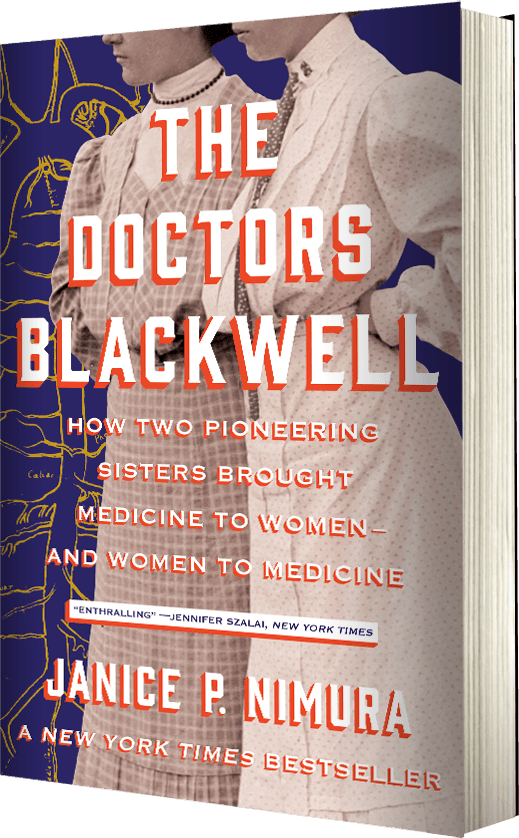
Illustrating how they created and activated rich networks of supporters and sympathizers, both men and women, throughout their professional pursuits, Nimura is careful never to embellish one sister’s character at the expense of the other.

Anthony, and others, the text is a vibrant landscape that affirms the prominent place of the Blackwell sisters in medical history. Peppered with appearances from Abraham Lincoln, Florence Nightingale, Susan B. For example, she highlights how Elizabeth’s “own sympathies lay, to a surprising extent, with the men who were nonplussed by her presence ” rather than the women she treated.

Instead, she describes how both sisters often viewed women without admiration or sisterly affection. Refreshingly, the author does not portray these women as one-dimensional figures of women’s suffrage, which they resolutely were not. As different as they were alike, both sisters met seemingly insurmountable obstacles with inspiring displays of fortitude. Maintaining narrative momentum, Nimura packs the text with evocative, memorable vignettes-e.g., the sisters aweing entire lecture halls into stunned silence or eruptions of applause with their wit and courage, battling life-threatening illnesses, or enjoying encounters with a variety of historical figures. Even though she found bodily functions “disgusting,” Elizabeth was a pioneer in the genderless pursuit of common good through education Emily held an aligned ideology, but she became more concerned with practical medical application.

Bright and determined, the sisters received their hard-won medical degrees a few years apart. In this follow-up to Daughters of the Samurai (2015), Nimura chronicles the lives and work of Elizabeth (1821-1910) and Emily (1826-1910) Blackwell, America’s first and third women to earn medical degrees, deftly weaving together a dramatic true story that reads like a work of historical fiction.

A riveting dual biography of America’s first female physicians.


 0 kommentar(er)
0 kommentar(er)
